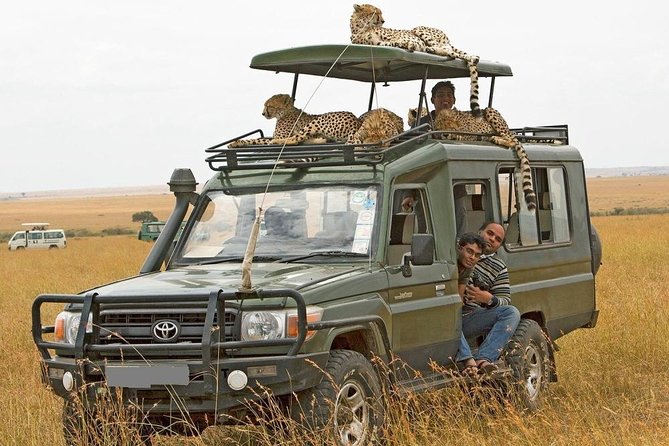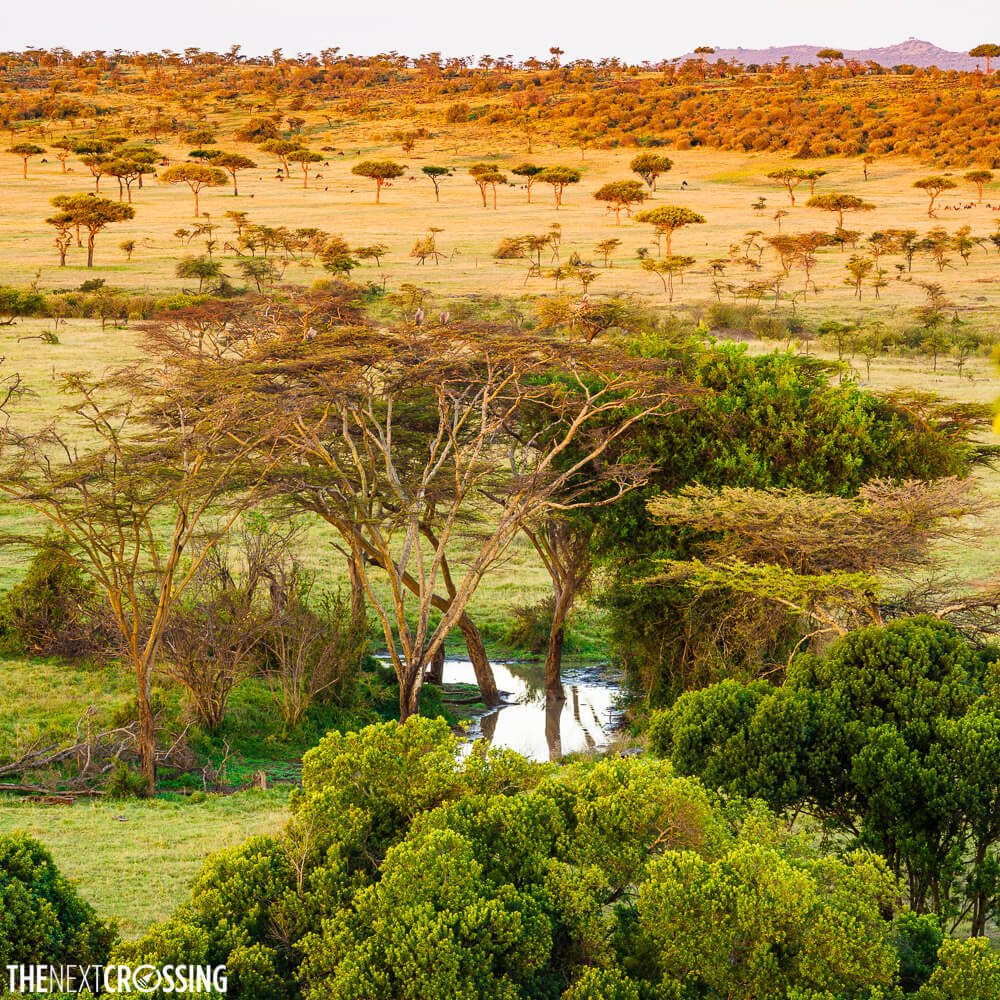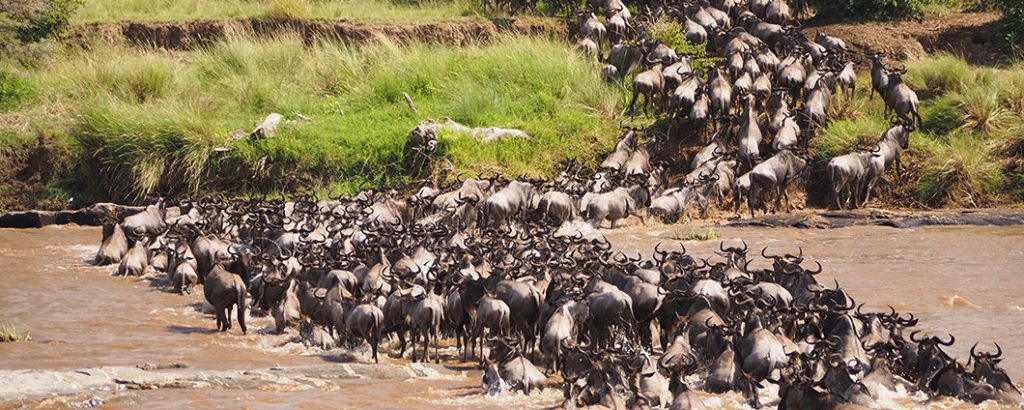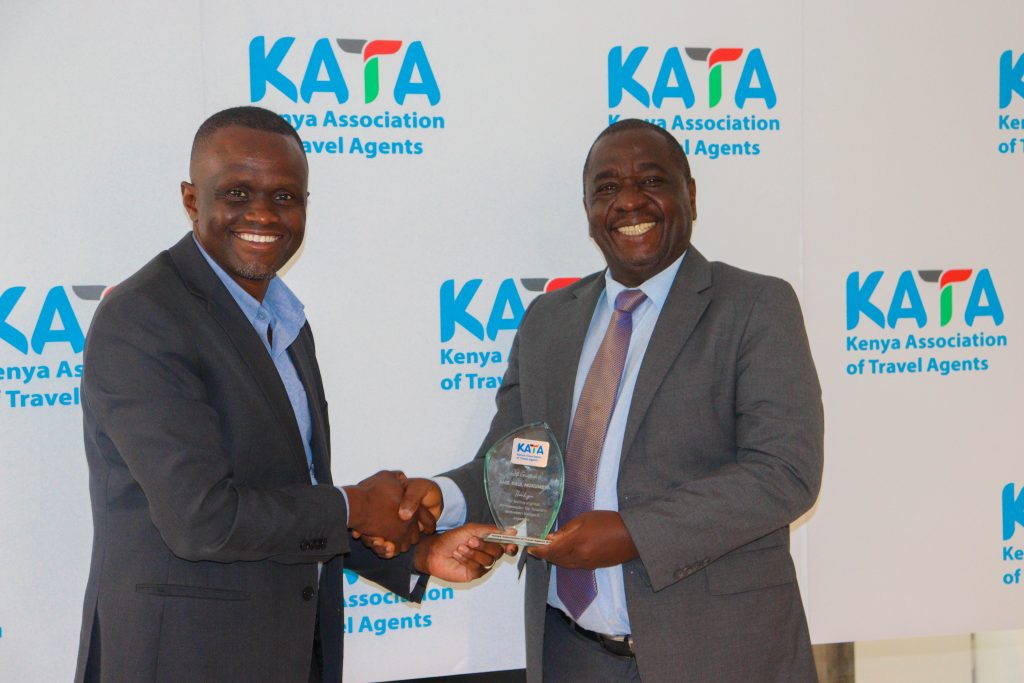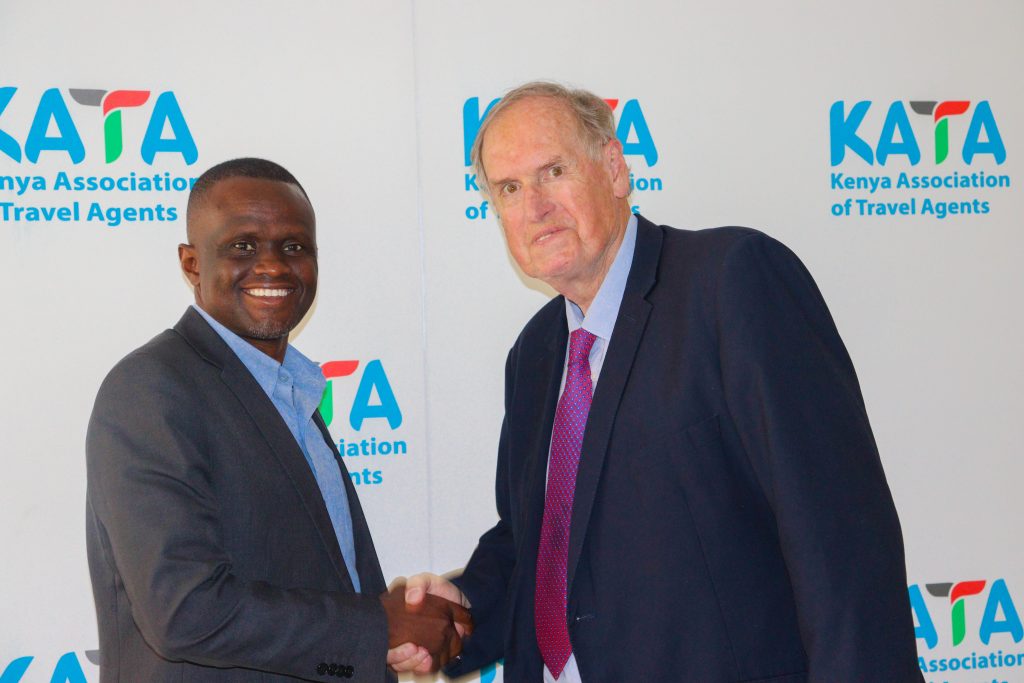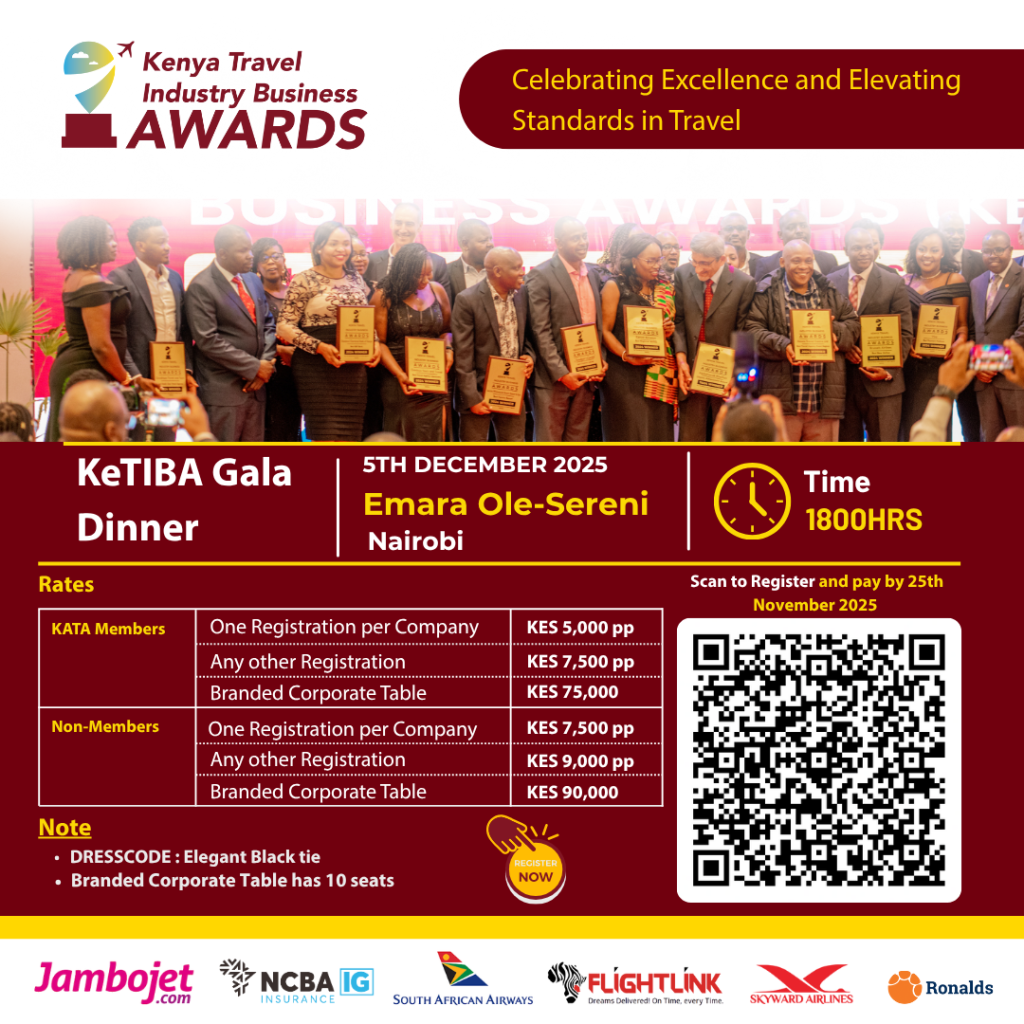RwandAir has officially restarted its direct flights to Mombasa, marking a milestone for East African aviation and boosting regional travel growth. The service resumed on 1 December, returning after a five-year break following its last operation in 2019. Celebrations for the relaunch took place at Moi International Airport and marked the renewed air connectivity as important for both Rwanda and Kenya’s coastal region.
The reopened route will fly four times a week, operating on Mondays, Wednesdays, Fridays, and Sundays, to help meet the growing demand from business travelers, holidaymakers, and regional traders looking for dependable access to Kenya’s dynamic coastline.
Strengthening Kenya’s Coast as a Regional Tourism Hub
The resumption of flights serves as a strong endorsement for Mombasa as a leading coastal tourism destination, especially as the region enters a busy festive season. With its beaches, marine attractions, and cultural heritage sites, Mombasa remains one of East Africa’s most visited holiday locations. By restoring direct flights, RwandAir enhances Mombasa’s visibility and accessibility, allowing more travellers from Rwanda and neighbouring regions to reach the city without transiting through Nairobi.
This improvement encourages longer stays, higher tourist spending, and greater interest in coastal experiences such as water sports, cultural tours, and marine safaris. The Kenya Airports Authority welcomed the return of the airline as a reflection of confidence in the country’s airport infrastructure, coastal tourism potential, and the broader aviation environment.
Boosting East African Connectivity and Regional Integration
With Mombasa now added back onto its network, the city becomes RwandAir’s second destination in Kenya, joining the capital, Nairobi. This expansion strengthens the East African travel corridor, enabling smoother movement of people and goods between two key economies in the region.
Improved air connectivity supports the shared goals of enhancing intra-African travel, deepening economic integration, and promoting seamless business operations between partner states. The resumed flights also allow travellers from Rwanda to connect easily to major sea-port logistics in Mombasa, further supporting cross-border commerce.
Improving Opportunities for Business and Trade
The renewed route is expected to play an important role in improving business travel and intra-regional trade, especially for sectors linked to hospitality, manufacturing, wholesale distribution and maritime operations. Mombasa serves as the main gateway port for East Africa, attracting professionals and investors heading to the coastal city for trade, shipping services, tourism development, and conference activities.
By providing regular and reliable flights, RwandAir positions itself as a key facilitator of commercial exchange, enabling executives, entrepreneurs and government delegations to travel more efficiently between Kigali and Mombasa.
Supporting Local Economies and Community-Based Tourism
The return of RwandAir flights is expected to generate substantial benefits for small businesses and communities that rely heavily on coastal tourism. Increased visitors boost demand for hotels, restaurants, transport services, local markets, and tour guides, creating income opportunities for many residents.
From beach resorts to heritage sites, the extended flow of travellers supports sustainable growth in the local tourism supply chain. It also stimulates job creation for youth and women working in tourism-dependent sectors across the coastal corridor.
Festive Season Demand Signals Strong Tourism Recovery
The timing of the reinstated service aligns with one of the busiest holiday travel periods in Kenya. The airline expects strong passenger numbers as leisure travellers head to the coast for end-of-year vacations. With increased flights, visitors can conveniently explore the region’s beaches, wildlife sanctuaries, culinary offerings, and cultural landmarks.
This surge in arrivals contributes significantly to Kenya’s coastal tourism revenue, helping the region rebound amid global recovery in the tourism industry.
Enhancing Intra-Regional Tourism Experiences
The renewed route opens opportunities for travellers to combine Rwanda’s natural attractions—including mountains, national parks, and unique wildlife experiences—with Kenya’s coastal beauty, creating multi-destination holiday itineraries. Such combinations are increasingly popular among international visitors seeking diverse experiences within a single trip.
This enhanced connectivity encourages travellers to extend their stays across multiple East African countries, supporting the broader vision of promoting a more integrated and cooperative regional tourism market.
A Strategic Step for East African Aviation Growth
RwandAir’s decision to reinstate the Mombasa service underlines the growing role of air transport in driving economic expansion across East Africa. More flight options mean improved mobility, greater ease of doing business and stronger partnerships between neighbouring nations. The frequent schedule and expanded network reflect the airline’s confidence in regional market growth and the long-term potential of East African tourism.
Renewed Flights Bring New Momentum to East Africa’s Tourism and Trade
The resumption of RwandAir’s direct flights to Mombasa represents more than a reinstated route that was in abeyance but symbolizes a serious thrust aimed at substantially shoring up regional travel, tourism development, and economic cooperation in greater East Africa. With Kenya’s coastline now more accessible to travellers and businessmen, the renewed service offers real benefits for the two countries.
With consistent operations, festive-season demand, and a growing regional tourism corridor, RwandAir’s reinstated route is set to play an essential role in energizing coastal tourism and fostering stronger intra-African connectivity over the coming years.
Source: travelandtourworld.com









